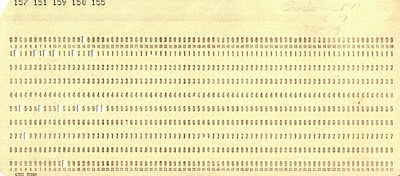Personally, I'd have gone for a big cake with candles, but last week, to celebrate its 50th anniversary, the OECD released a new "Better Life Index" (BLI) for each of its 34 member-countries. More correctly, 11 different measures were released for each country. These covered the areas of Housing, Income, Jobs, Community, Education, Environment, Governance, Health, Life Satisfaction, Safety and Work-Life Balance. I've downloaded the data into an Excel workbook that's available on the Data page that goes with this blog.
These measures were aggregated into a single, equally-weighted BLI, which you can see here. In addition to this the OECD has provided a nice interactive tool that allows users to select their own weights across the 11 measures, and then compare the rankings of the countries they're interested in on the basis of this personalized measure. Of course, you could just do this in a spreadsheet, but I guess it's more fun to do it in real-time on their site.
So, as the OECD web site says, you can "decide for yourself what contributes most to well-being." If I wanted to, I could tinker with the weights to see what it would take for me to feel that I'd have a better life by leaving Canada (ranked essentially first equal with Australia using the equal-weight index), and going back to New Zealand (ranked fourth). I'll return to this point below.

